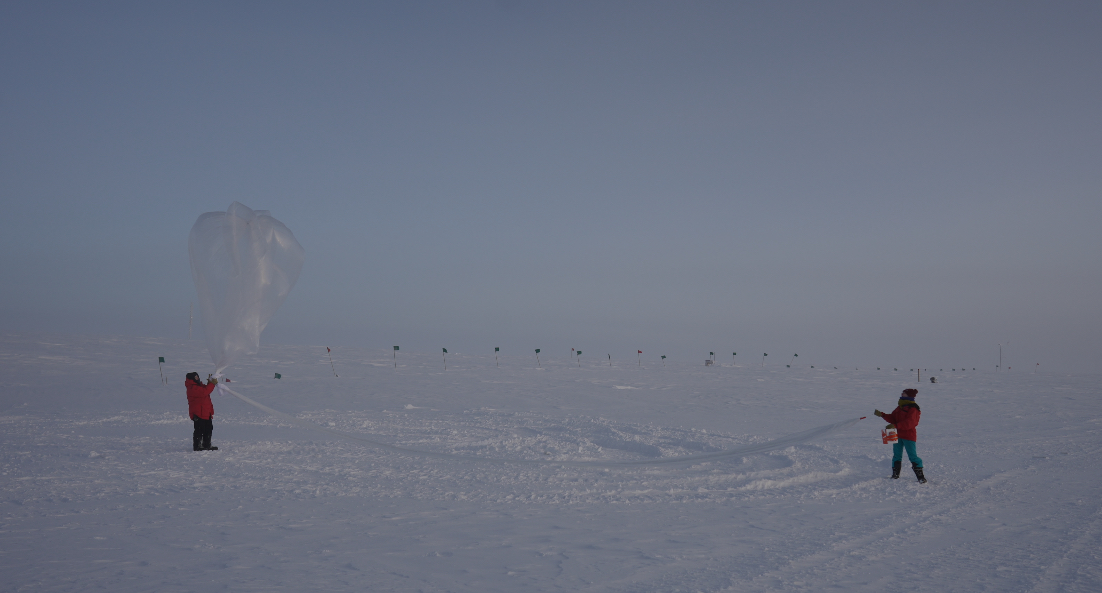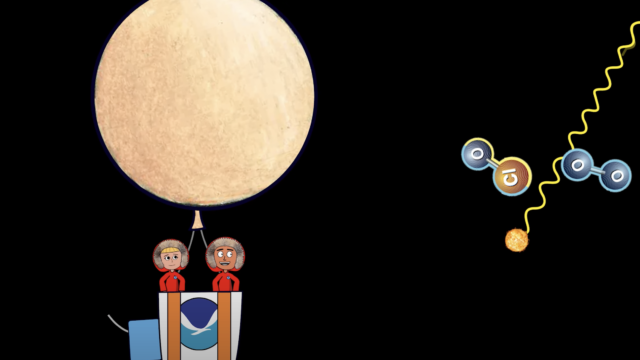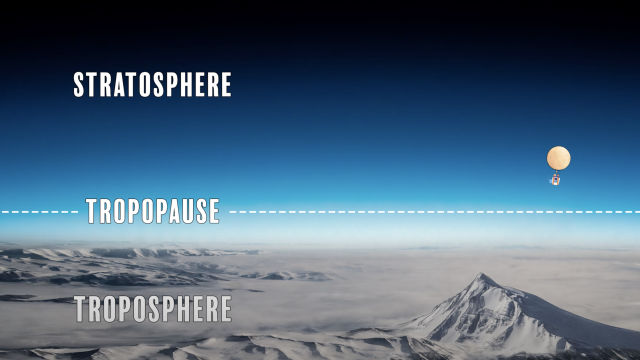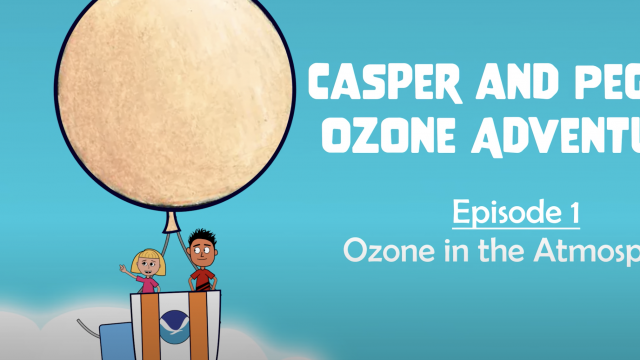This year’s measurements took some twists and turns as NOAA’s ozonesondes launched from the South Pole encountered somewhat surprising layers of higher ozone in the main depletion region, while simultaneously aligning with lower ozone above and below the 14-21km depletion region. (Reminder: the 14-21km layer is the primary region for ozone depletion.) That resulted in… Read More
By Patrick Cullis, NOAA Global Monitoring Laboratory scientist Each year in September, as the Sun returns to the sky above the South Pole after six months of darkness, a chemical reaction happens high in our atmosphere when human activity combines with natural phenomena to destroy part of our protective ozone layer. In the last episode… Read More
By Patrick Cullis, NOAA Global Monitoring Laboratory scientist In Part 3 of this animated series, Casper and Peggy head to the very bottom of the Earth to visit the Amundsen-Scott South Pole Station, where scientists from NOAA’s Global Monitoring Laboratory take critical measurements of our atmosphere far from the effects of human activity. Join them… Read More
By Patrick Cullis, NOAA Global Monitoring Laboratory scientist Continue Casper and Peggy’s ozone adventure in this animated series exploring our atmosphere and the important role ozone plays in protecting all life on Earth. Part 2 covers the ozone layer and how it protects life on our planet from the Sun’s harmful effects! Video by Patrick… Read More
By Patrick Cullis, NOAA Global Monitoring Laboratory scientist As we track this year’s formation of the annual ozone hole above Antarctica, join Casper and Peggy in this four-part animated series as they explore our atmosphere and learn about the important role ozone plays in protecting all life on Earth. Part 1 covers ozone in the… Read More
By Patrick Cullis, NOAA Global Monitoring Laboratory scientist There were two more ozonesondes flown from the South Pole over the long weekend and both measured significantly more ozone, as it looks like the vortex is closing up and warmer air is mixing in over Antarctica. On the October 9 ozone plot (above left), the red… Read More






